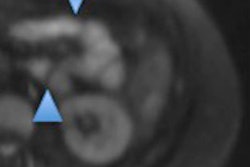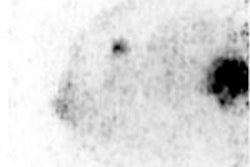Dear Molecular Imaging Insider,
It's still only early in 2016, but already some important research has been released on the expanding number of clinical applications that could benefit from PET/MRI.
In the largest study of its kind to date, Austrian researchers have found that adding diffusion-weighted MR imaging (DWI) to FDG-PET/MRI can enhance the evaluation of patients with lymphoma. The technique also performed better than FDG-PET/MRI and FDG-PET/CT, and helped in the assessment of lymphomas with varying degrees of FDG avidity.
The study's lead author, Dr. Chiara Giraudo from the Medical University of Vienna, said PET/MRI with DWI "can represent the beginning of a new era for diagnosing lymphoma." Read more about PET/MRI's prowess by clicking here.
Reducing radiation dose is a constant priority in radiology, and European hospitals are leading the way by performing nuclear cardiology scans at lower doses than the rest of the world. A global survey outlines the best practices that can work in any imaging facility.
This year may see various optical imaging technologies become more common for dermatologists. Three-dimensional multispectral optoacoustic mesoscopy is one of these promising technologies, according to researchers at the Technical University of Munich who have used this method to reveal melanin and blood oxygenation in the skin.
Addressing this, U.S. researchers also developed an optical imaging technology for the rapid, objective assessment of tissue samples during surgery. Stimulated Raman scattering microscopy images tissue architecture on a cellular level, and an automated machine scores the images for the likelihood of tumor infiltration.
And, finally, quantitative imaging features from FDG-PET combined with conventional prognostic factors of patients with non-small cell lung cancer show potential to enhance overall survival risk stratification. Researchers are developing models that implement both quantification and conventional prognostic patient and disease factors to help stratify patients with the same disease stage. Get the story here.
Be sure to visit the Molecular Imaging Community on a daily basis to stay informed of the latest news and research from around the continent and the world.




















